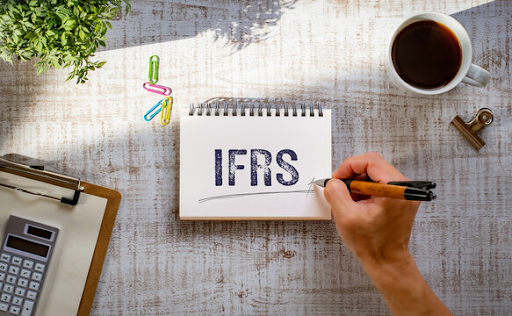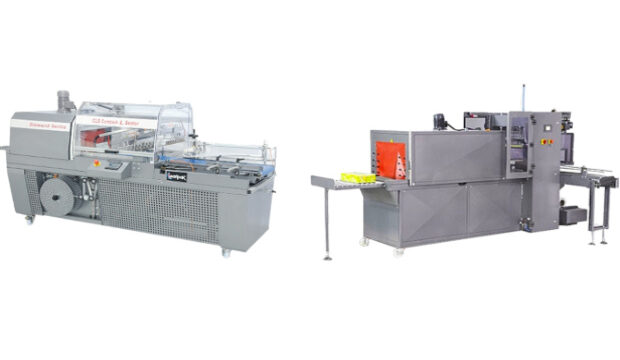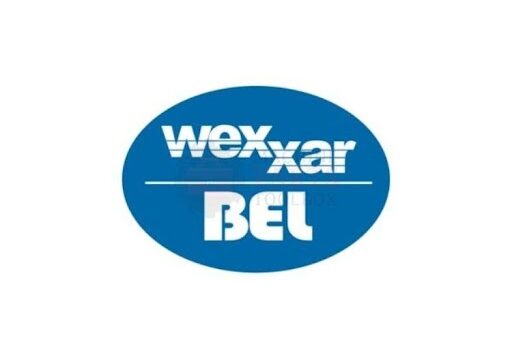As sustainability becomes a central pillar of corporate accountability, the IFRS Standards 1 and 2 mark a watershed moment in global reporting. These new disclosure requirements, issued by the International Sustainability Standards Board (ISSB), establish a unified framework that enables investors and stakeholders to make informed decisions based on climate and sustainability-related risks and opportunities. In this blog, we’ll take a detailed, UK-focused look at the specific reporting metrics companies must disclose under IFRS S1 and S2 — and why getting them right is critical to long-term business credibility and resilience.

What Are IFRS S1 and S2?
The IFRS S1 and S2 standards, introduced in 2023, aim to streamline sustainability disclosures and enhance consistency, comparability, and transparency in non-financial reporting.
- IFRS S1 focuses on general sustainability-related financial disclosures. It requires organisations to share how sustainability risks and opportunities could impact their enterprise value.
- IFRS S2 focuses specifically on climate-related disclosures, including physical and transition risks, greenhouse gas (GHG) emissions, and climate-related targets.
Together, these standards form the foundation of a global baseline for sustainability reporting — one that aligns closely with investor needs and financial materiality.
Required Disclosures Under IFRS S1
IFRS S1 applies to all sustainability topics that could impact enterprise value, including biodiversity, resource use, human capital, and governance. The key disclosures are organised into four pillars: Governance, Strategy, Risk Management, and Metrics & Targets.
Governance
Companies must disclose:
- The governance processes, controls, and procedures used to monitor sustainability-related risks and opportunities.
- The role of the board and management in overseeing sustainability issues.
Strategy
Firms must explain:
- The sustainability-related risks and opportunities that could affect their business model and strategy.
- How are these issues integrated into the organisation’s overall strategy and decision-making?
- Time horizons for assessing risks include short, medium, and long-term.
Risk Management
Disclosure should cover:
- The processes used to identify, assess, and manage sustainability-related risks.
- How are these integrated into the overall risk management framework?
Metrics & Targets
Here is where IFRS S1 becomes especially metric-driven. Companies must disclose:
- Industry-specific performance metrics (based on the ISSB’s guidance, aligned with SASB Standards).
- Internal targets and goals relating to sustainability risks/opportunities.
- Progress against those targets, including methodologies and assumptions used.
Required Disclosures Under IFRS S2
IFRS S2 mirrors the four-pillar structure of S1 but focuses exclusively on climate. The standard draws heavily from the recommendations of the Task Force on Climate-related Financial Disclosures (TCFD), but with more rigour and specificity.
Key Climate Metrics Under IFRS S2
1. Greenhouse Gas Emissions
- Scope 1: Direct GHG emissions from owned/controlled sources.
- Scope 2: Indirect emissions from energy use.
- Scope 3: Other indirect emissions across the value chain — mandatory if material.
GHG disclosures must be measured using the GHG Protocol Corporate Standard and include details on:
- Emission calculation methods.
- Boundaries used.
- Any exclusions and rationale?
2. Climate Risk Exposure
Companies must quantify and describe:
- Physical risks (e.g., flooding, heatwaves).
- Transition risks (e.g., policy changes, technology shifts).
Disclosures should include scenario analysis with both qualitative and quantitative insights into how different global temperature scenarios affect financial performance.
3. Carbon Transition Plans
- Emissions reduction targets (short, medium, long-term).
- Net zero commitments (if applicable).
- Details on carbon pricing assumptions and the use of offsets.
4. Capital and Expenditure Metrics
- Amounts invested or allocated to climate-related initiatives.
- Future capex plans are linked to transition or adaptation strategies.
Conclusion
The IFRS S1 and S2 standards are not just another compliance exercise — they represent a shift towards decision-useful sustainability reporting that aligns sustainability efforts with financial value creation. For UK companies, especially those operating internationally or seeking global investment, adopting these standards offers a strategic advantage.






Most Commented Posts